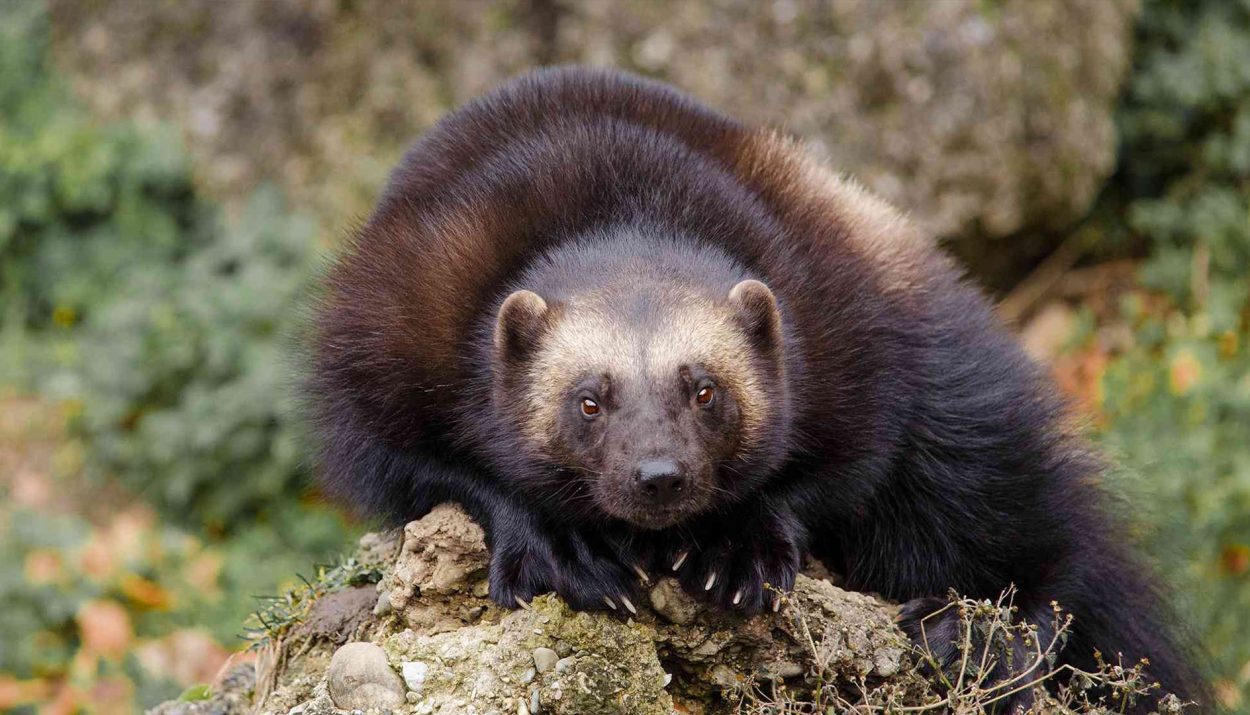Lawmakers in Colorado have a new bill under consideration that will, if it is passed, reintroduce wolverines to the state. No, we aren’t talking about the 2023 College Football National Champions, the Michigan Wolverines. We are talking about the tenacious, feisty little mammal.
Wolverines were once common in Colorado, but the last wolverine disappeared from the Rockies about a century ago. Let’s see why wolverines were ousted from the state in the first place … and why lawmakers want to welcome them back.
Wolverines, a Surprisingly Strong and Ferocious Animal
Wolverines are the largest member of the Mustelidae family, which also counts badgers, otters, and weasels as members. They are typically between 25 and 43 inches long and weigh up to 60 pounds. They are low to the ground, with short yet powerful legs.
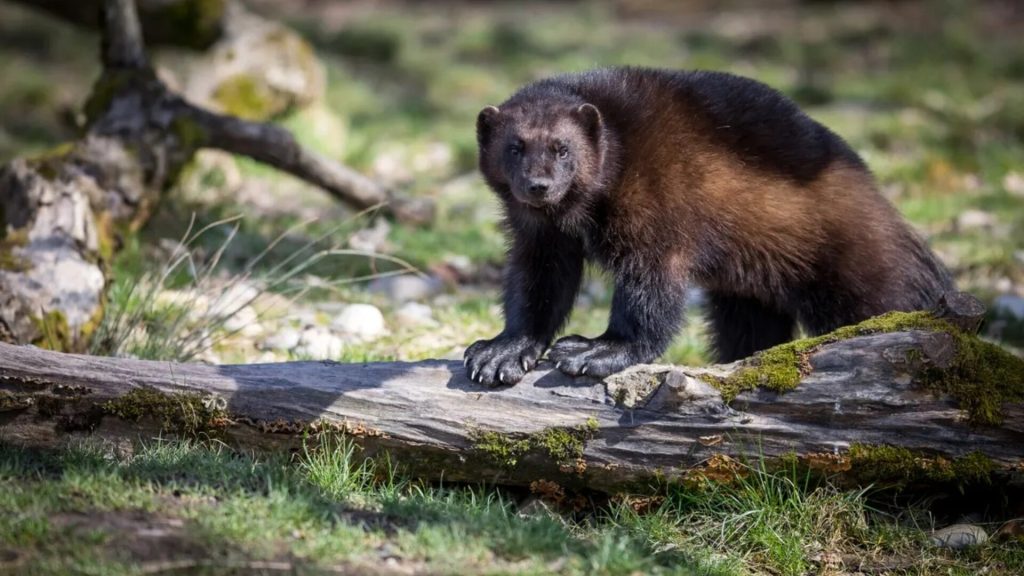
Wolverines are covered with thick, brown fur that has a natural oily texture. This makes it repel water and resist frost. As we will soon learn, this is one reason wolverine hides were sought-after items for trappers.
A Reputation for Being Mean and Surly
There is a reason why the Wolverine was chosen by Marvel Comics as the inspiration for an X-Men superhero character. These small animals have super-strength. Their level of strength is out of proportion to their size.
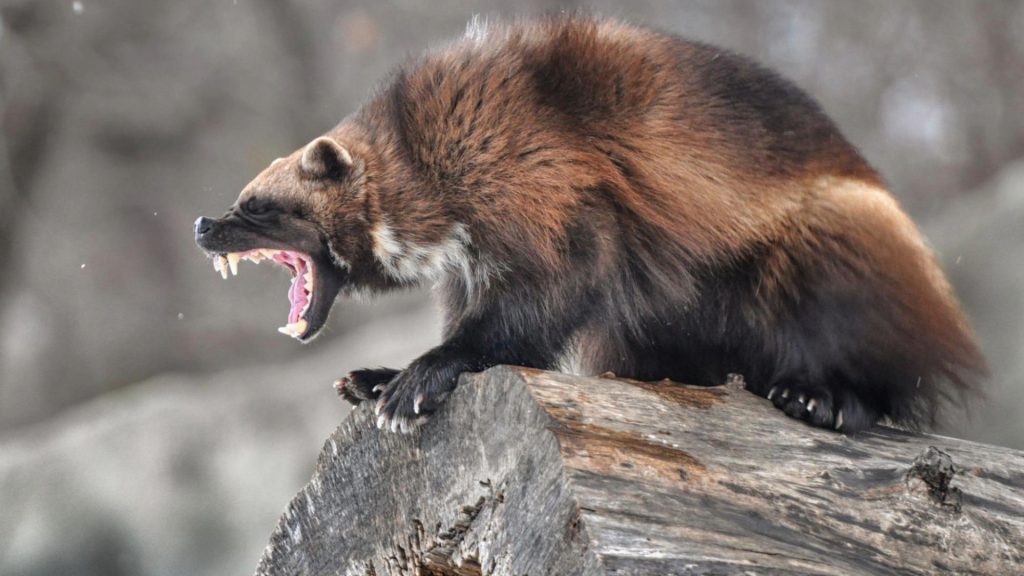
Wolverines are mostly solitary animals that are opportunistic feeders. They will hunt prey that is much larger – white-tailed deer, moose, porcupines, lynx, coyotes, beavers, and foxes – or dine on carrion. Wolverines are always in a bad mood and ready for a fight. They have a reputation for being mean, surly, and savage.
A Native to the Forests of North America
More than a century ago, wolverines could be found across the alpine and boreal forests of North America. The largest populations of wolverines could be found in Western Canada and Alaska, but there were plentiful in the northern parts of the United States, too.
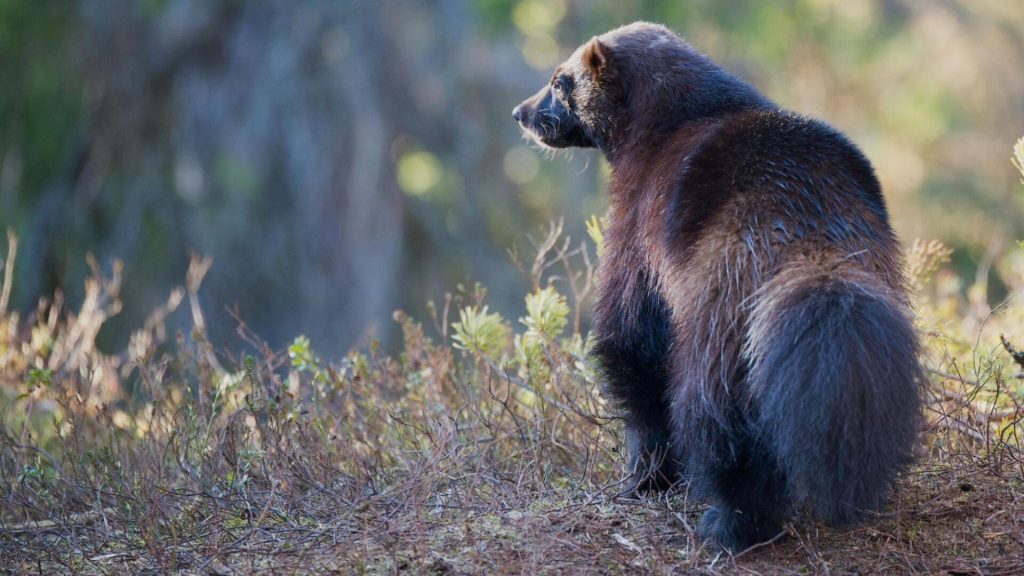
Wolverines are often associated with Michigan – the Wolverine State – however, the animals also made their homes in Wisconsin, Minnesota, Montana, North and South Dakota, Idaho, Wyoming, Washington, Montana, and, of course, Colorado.
The Decline of the Wolverine
In the 1700s and 1800s, wolverine populations declined because the animals were hunted and trapped for their fur, which was used to make parkas and other outdoor clothing. As settlers began to populate the American West, wolverines were nuisance animals.
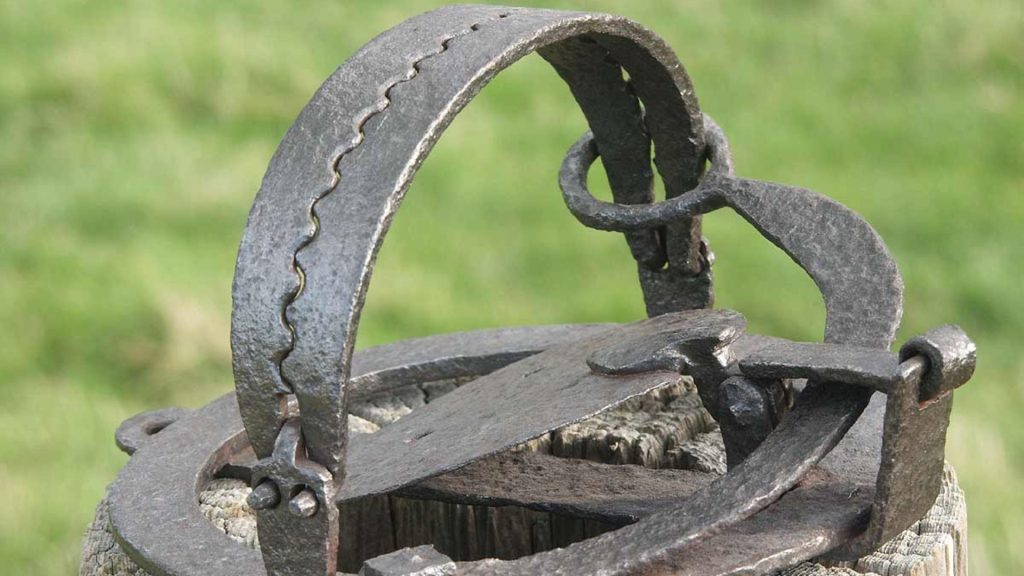
Wolverines posed a threat to livestock, pets, and even humans. They were shot on sight, poisoned, or trapped. They also fell victim to habitat loss. Wolverines were ousted from Colorado in the early 1900s. Their numbers decline to only about 400 animals in the contiguous 48 states.
The Last Wolverines in Colorado
The last confirmed sighting of a Colorado-native wolverine was in 1919. After that, the animal disappeared from the state’s mountains and forests.
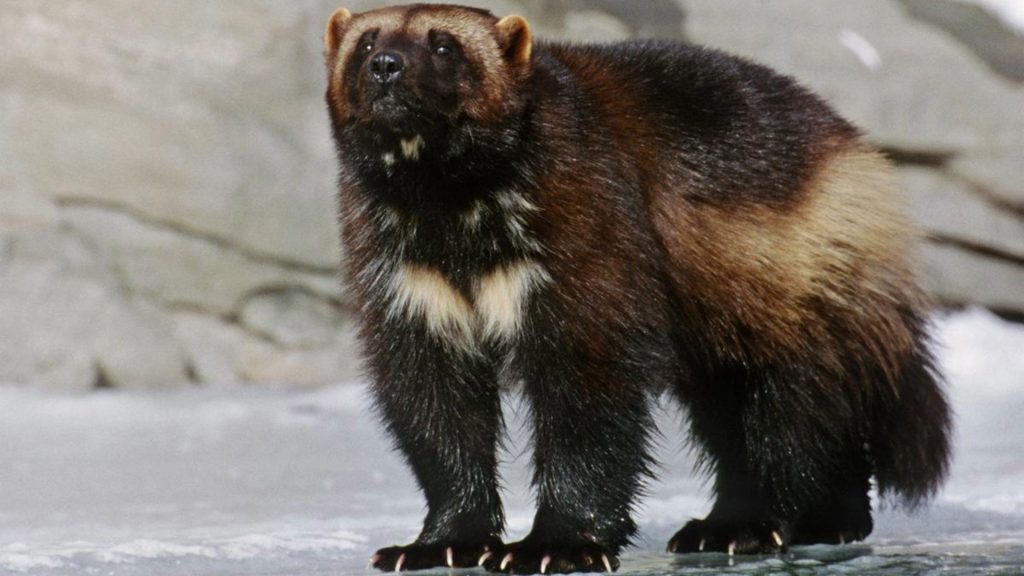
In 2009, a male wolverine was observed in Colorado, but it is believed that this animal was simply passing through the state on his travels from Wyoming to North Dakota. Unfortunately, this animal was shot and killed in Colorado.
Reintroduction Programs in Neighboring States
The reason why state biologists believe this wayward wolverine came from Wyoming is that these endangered animals have been reintroduced into neighboring states in the last few decades. These programs have brought wolverines into Wyoming, Idaho, Montana, and Washington.
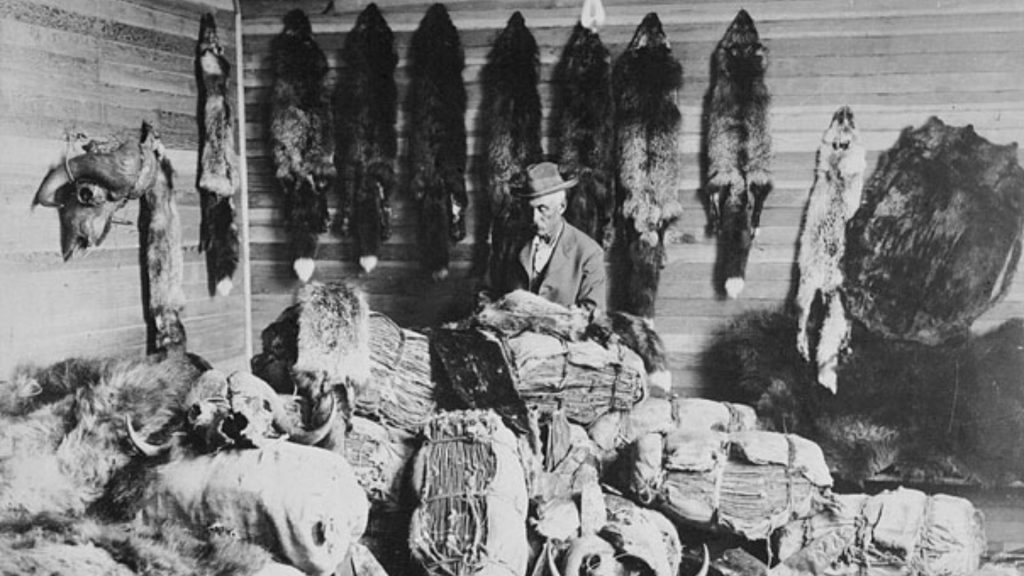
After wolverines were reintroduced to these states, there were reports of the animals in California, Utah, and Oregon. However, these were all male wolverines. Males tend to travel farther than females. In fact, female wolverines are particularly hesitant to cross large highways.
A New Bill Under Consideration
Wolverines may soon return to Colorado, thanks to the efforts of conservationists and lawmakers who are advocating for the small, but scrappy animal. A bipartisan bill is currently under consideration by the state legislature of Colorado.

This bill would authorize the state’s parks and wildlife departments to reintroduce the North American wolverine into Colorado. According to conversation and biology experts, Colorado can support a population of 100 wolverines, which would kickstart repopulation efforts.
Helping Wolverines Weather Climate Change
Reintroducing wolverines to Colorado is an idea that is a long time coming. According to conservation biologist Megan Mueller of the Rocky Mountain Wild organization, “Wolverines are one of the last species that historically called Colorado home that have yet to be restored.”
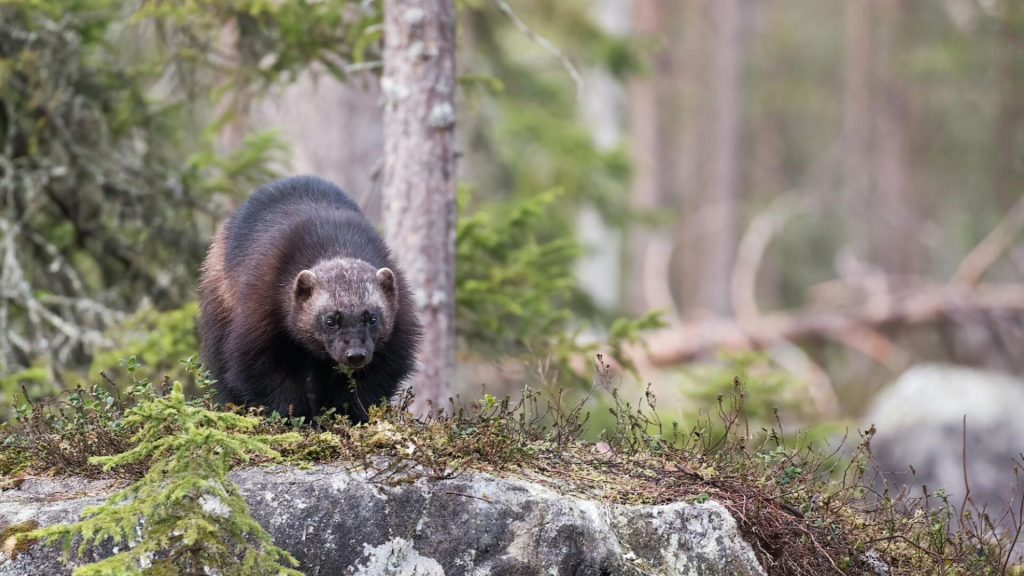
A new threat to wolverine populations is climate change. The alpine regions of Colorado offer an ideal habitat for these animals. As Mueller noted, “Bringing wolverines back to Colorado is the best way to give them a chance to survive as the climate changes.”
A Provision of the Endangered Species Act
The wording of the proposed bill states that animals that are listed as threatened species by the United States Fish and Wildlife Services would, under the Endangered Species Act, be reintroduced into Colorado’s high alpine regions. Wolverines are cold weather animals so the snowy climate of the Colorado Rockies could help give the species a much-needed boost.
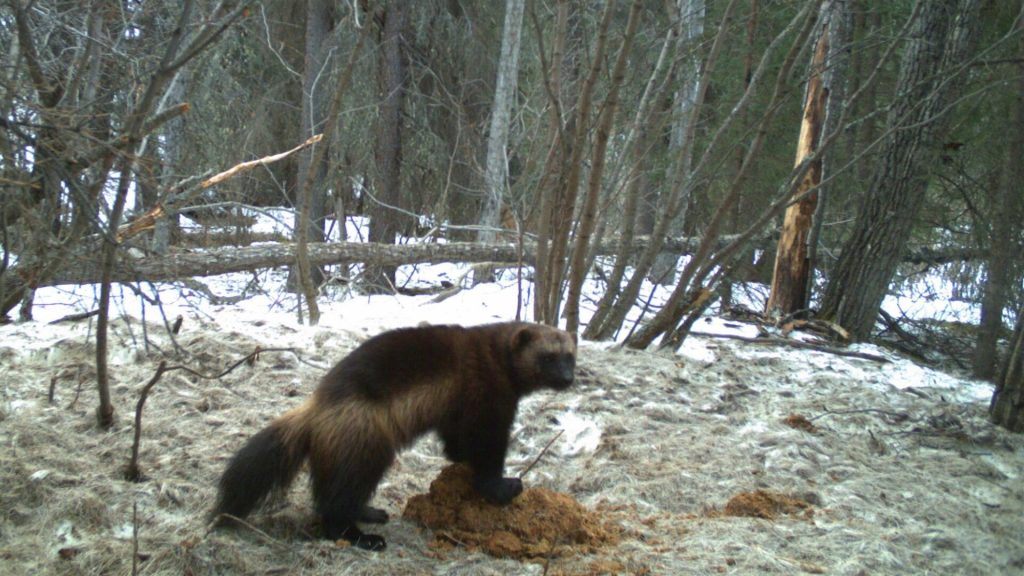
In fact, Rocky Mountain Wild has stated that Colorado offers about seven million acres of suitable habitat for wolverines. Colorado meets all the requirements for providing wolverines with a long-term home.
Bipartisan Lawmakers, Conservationists, and Biologists
The newly proposed bill is the result of a joint effort by lawmakers on both sides of the aisle, along with conservationists and biologists. They have worked together in their efforts to right the wrongs of the past and restore wildlife diversity to the state.
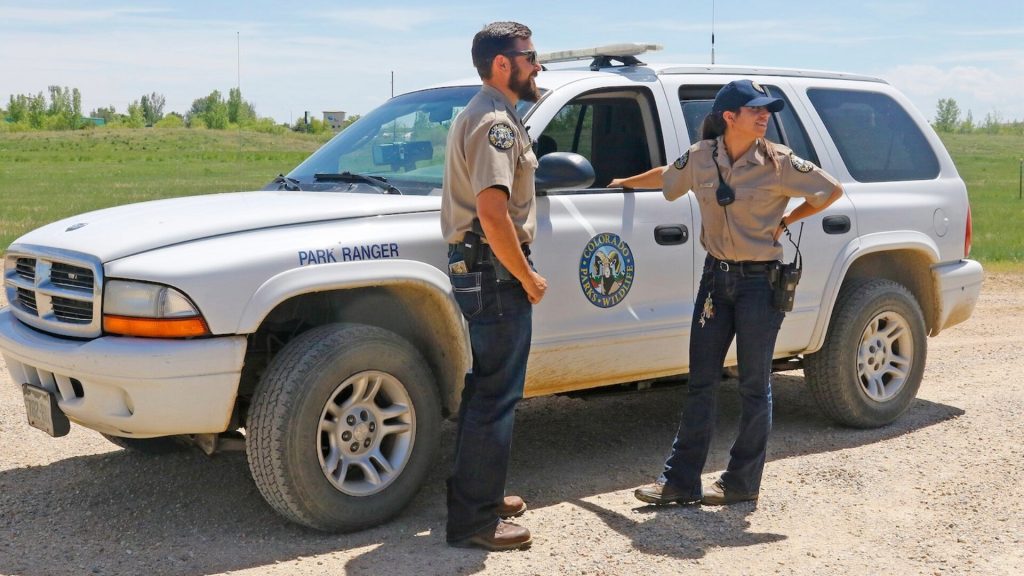
Jake Ivan, a wildlife research scientist with the Colorado Parks and Wildlife Department, said, “I think it gives us the best chance of restoring the population to Colorado.”
Legal Hoops to Jump Through
There are, of course, some legalities to work through before wolverines can be brought into the state. For example, the bill will need to have provisions in place that ensure the state’s ski resorts will not be negatively impacted by the reintroduction of wolverines. They will need to continue operating as normal.

In addition, the bill will have to address compensation for farmers and ranchers who could potentially lose animals to wolverines.
An “Experimental Population“
Right now, the plan is to classify wolverines as a “non-essential” animal and to label the reintroduction program as an “experimental population” program. But conservationists caution that this bill is still in its infancy.

While the plan is moving forward, the bill still needs to pass through the legislature before wolverines can be released in Colorado. The details could take years to debate and hammer out.
Where Will the Wolverines Come From?
When and if the proposed bill is passed, conservationists will have more details to work through to bring wolverines into the state. One issue is sourcing wolverines. Most likely, wolverines will need to be caught in live traps in Alaska.

The trapped and tranquilized wolverines will be examined by a wildlife veterinarian. It will be important, of course, to have an appropriate ratio of male to female animals. The animals might also be tagged so that state biologists can monitor the progress of the reintroduction program.

